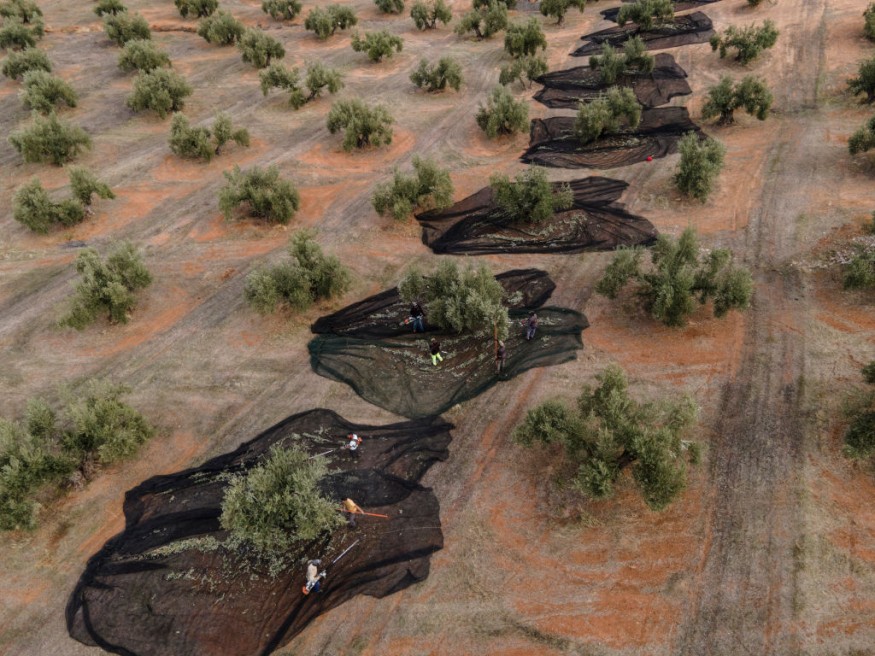
Due to Spain's severe drought, the price of olive oil has increased while its production has decreased by half.
Olive Oil Crisis in Spain
In recent seasons, Spain has established itself as the world's top producer, seller, and exporter of olive oil, with average annual sales of 1,400,000 tons, 60% of which are sold abroad.
The 2,500,000 hectares of the most diverse and fruitful olive groves in the world, with 340 million olive trees, make up their long legacy of olive cultivation and the greatest olive-growing region on the planet.
One of the most popular items in the world and a key component of the Mediterranean diet is olive oil. However, in recent months, its price has risen to record levels. Spain, despite being the world's top producer of the pantry staple, has been the hardest-hit country in the European Union.
Prolonged Drought and Extreme Heatwaves
Spanish olive oil production has been hindered by drought and intense heat waves.
Spanish olive production had been slashed in half by the end of 2022 due to a drought that had been going on for two years (at the time) and record heat. Prices will continue to rise, according to experts, as a result of climate change.
Farmers like Jess Anchuelo of the Small Farmers Union claim they are losing money despite the 112% increase in the price at origin since last year.
The historical production expenses have never been greater, according to Anchuelo. They received payment for olive oil at a price that was barely enough to cover its production expenses, but now its price is increasing every other week.
The extra virgin olive oil producers in the Estepa region take great satisfaction in their superior product, according to Moises Caballero, their secretary. In December 2022, he predicted that two more years of this type of weather would completely destroy olive tree plantations in the southern region of Spain. Since Caballero's dire warning nine months ago, Spain has seen the same harsh weather.
Historic Price Hike
The price of a liter of oil in Spanish stores has increased by 52.5% in a year, significantly more than the 38.3% average for Europe and other producing nations like Italy, Greece, and Portugal.
Canned items are becoming more expensive as a result of the increase in the price of olive oil. The olive oil in a sardine can is currently the most expensive component in Spain.
Since 70% of Spain's olive oil production is exported, Spanish customers now have to fight for the product in a market that is getting more and more competitive on a worldwide scale.
According to Jaime Lillo, the International Olive Council Deputy Director, Spanish locals are accustomed to paying less for olive oil than others elsewhere in the globe. As a result, prices in Spain, where they were previously cheaper, have risen in line with those paid in Italy, the United States, France, and Greece.
The production for this year is predicted to be comparable to last year's. Only with more output and a break from the extreme weather that Mediterranean nations have become increasingly subject to would the price of olive oil potentially decline.
Related Article : 4-Year Extreme Drought Crisis in Iraq Destroys Fish Farms
© 2025 NatureWorldNews.com All rights reserved. Do not reproduce without permission.





